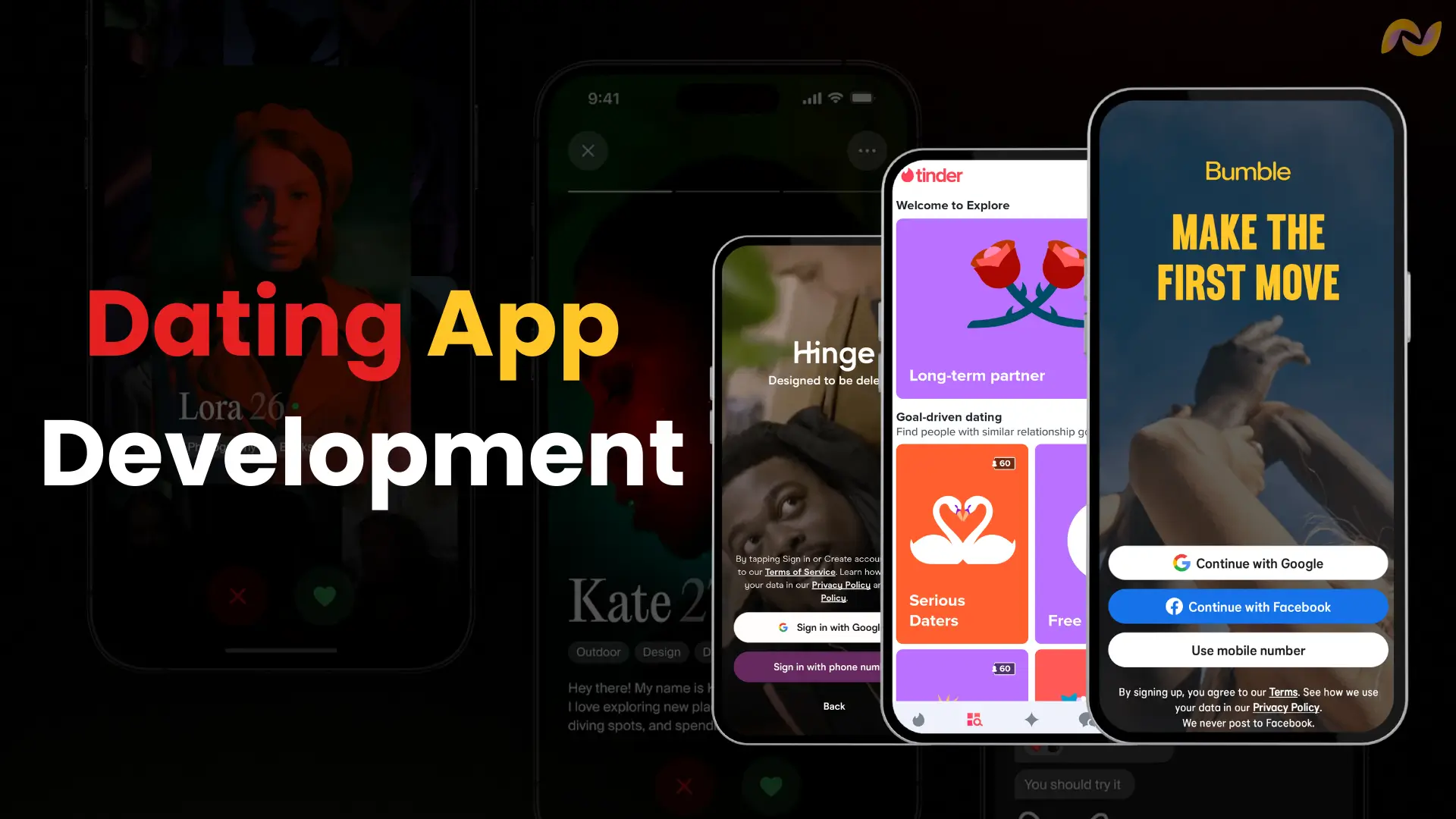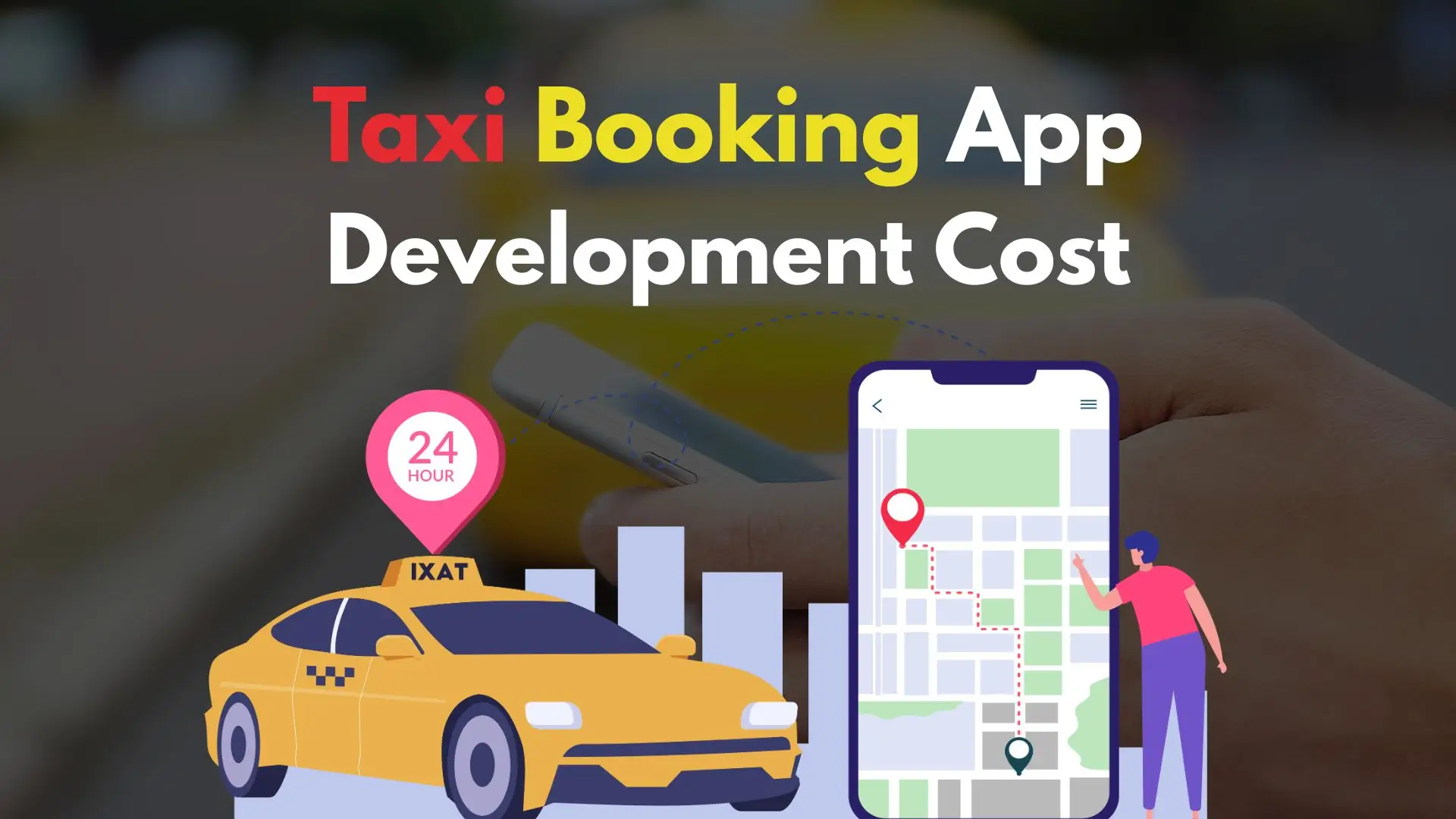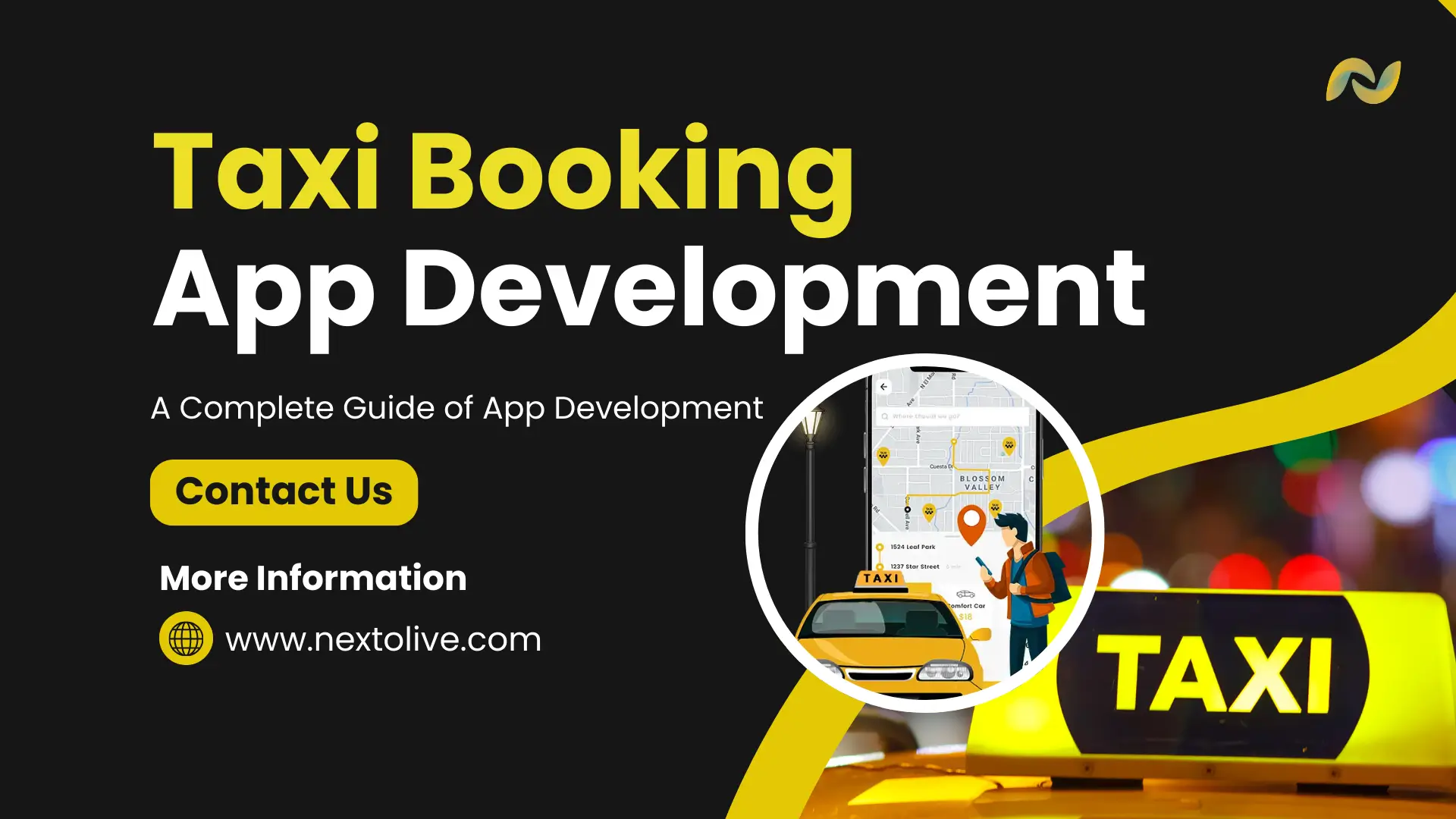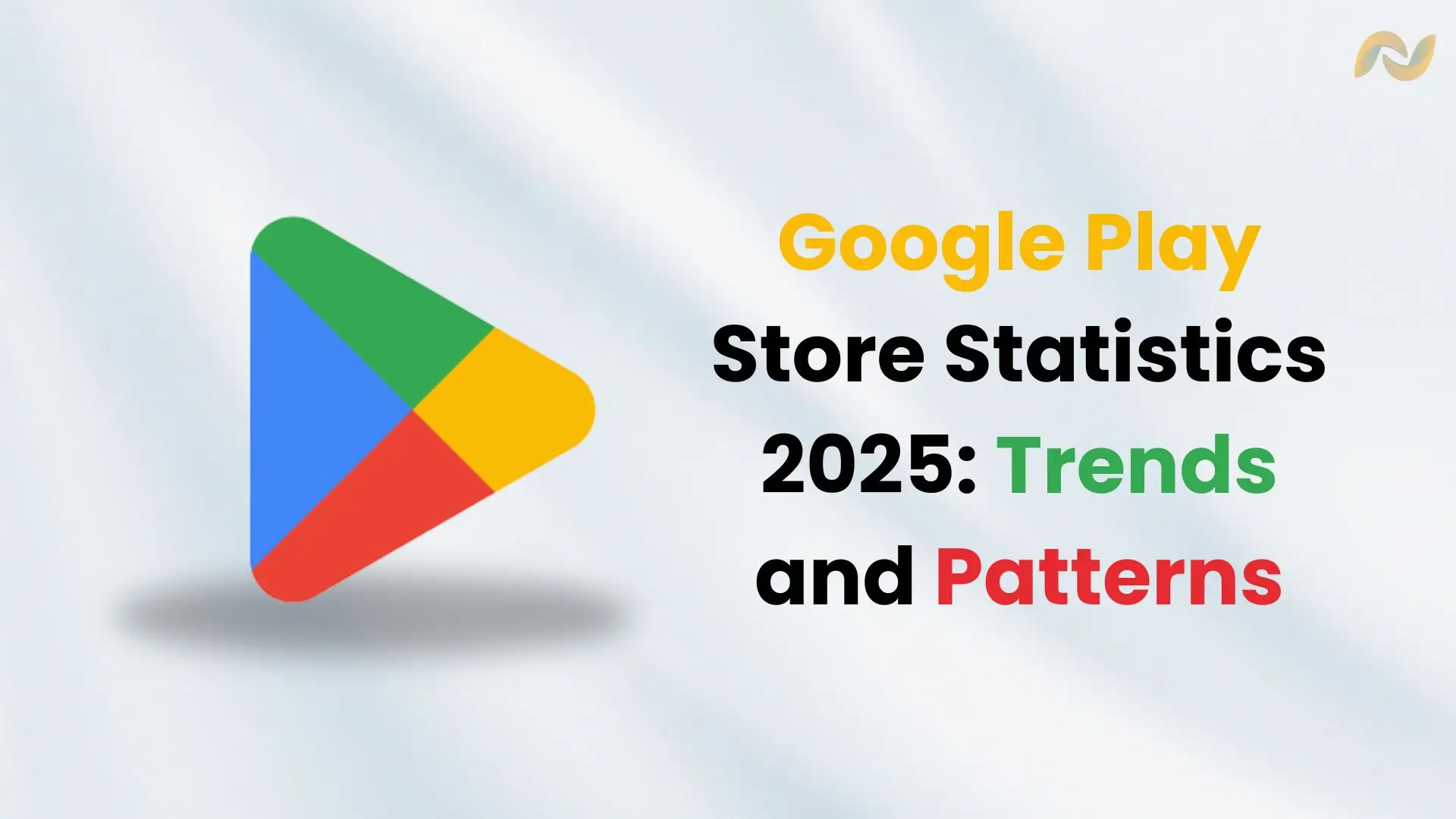A Complete Guide for Dating App Development in 2025
How to create a Dating App: A completely different guide (2025)
In 2025, to create a dating app, it is necessary to understand the needs of app users deeply and implement an engaging user interface with seamless functionalities that will help to build genuine connections. To build a dating app, one must also balance cutting-edge technology with user-centric designs to keep up with modern trends. Whether you are an entrepreneur aiming to start a business in the dating app industry or an individual wanting to learn the basics, this guide is a one-stop solution for all your queries. This guide aims to uncover the basics of dating app development and the factors that affect it.
Table of Contents
ToggleWhat is a Dating App?
As the name suggests, a dating app is a digital platform where people register themselves to find a partner. Users can see different profiles, connect with them, message or call the selected profiles. A dating app makes it easy to find the right partner in today’s modern era. A dating app has many unique features, such as profile creation, messaging, calling, location-based matchmaking, and much more.
Global Market Statistics of Dating Mobile App Development
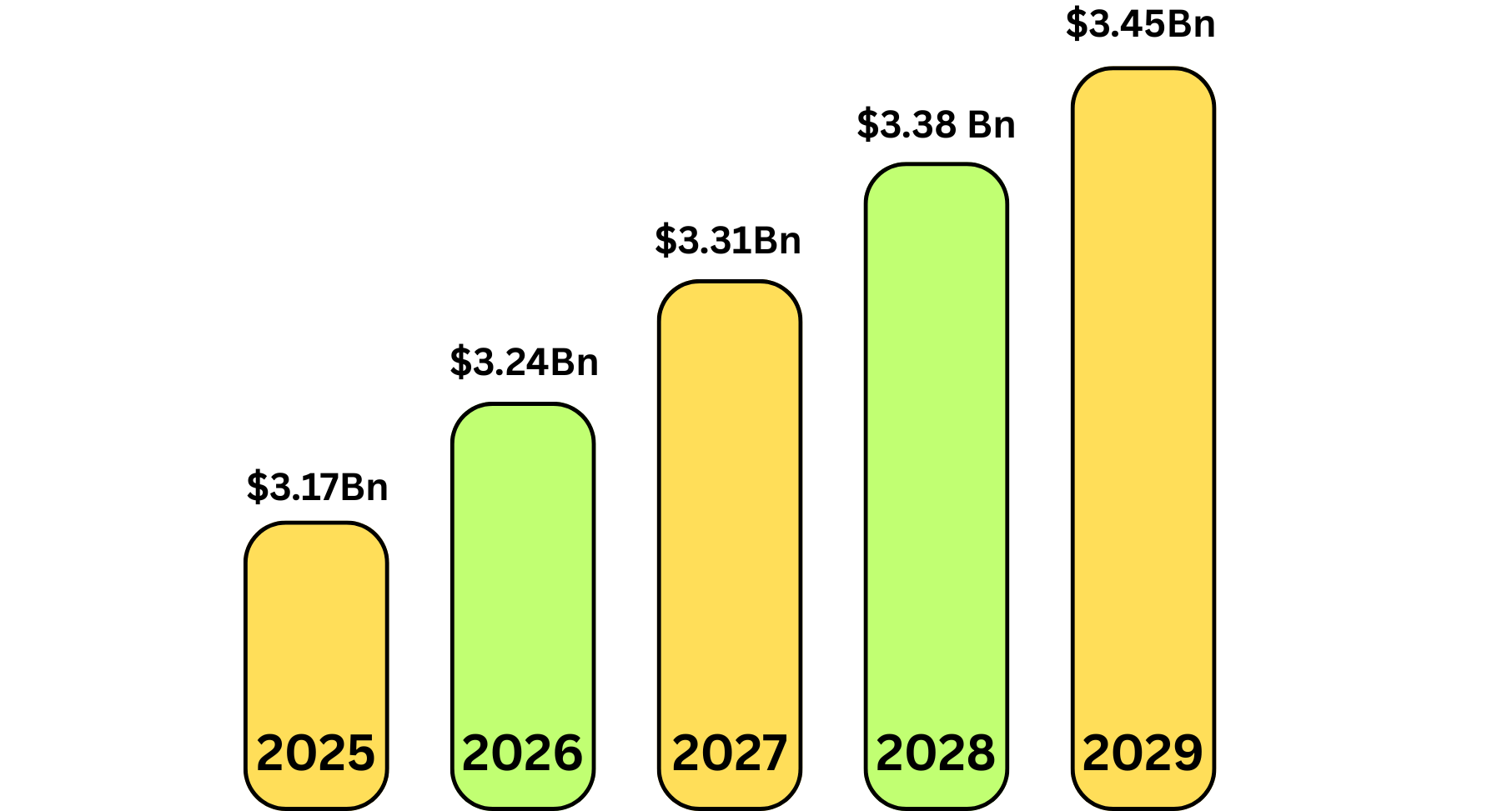
The dating app market is growing rapidly on a global scale. According to a report by Statista, the global market cap of dating apps is expected to reach $3.17 billion in 2025. With a CAGR of 2.14%, the overall market cap is projected to reach $3.45 billion in 2029. The total user base of dating applications can reach 462.5 million in 2029.
Types of Dating Apps
[1] Traditional Match-Making Apps
This type of dating app is one of the most widely used types. These applications aim to prioritize meaningful and deeper connections, unlike casual dating apps, by helping users find long-term relationships. During matchmaking, these apps consider factors such as personality traits, relationship goals, lifestyle choices, and incorporate detailed compatibility and profile screening algorithms. Users can engage in meaningful conversations before meeting in real.
[2] Swipe-Based Dating Apps
Swipe-based dating applications aim to make matchmaking quick and effortless. These apps streamline the process of finding a potential partner by allowing users to swipe left or right to express interest or reject the profile. These apps have many premium features, such as boosts and super likes, that help in increasing the visibility of the profile. Swiper-based apps rely upon first impressions and encourage users to craft attractive and interesting profiles.
[3] Niche Dating Apps
Niche dating apps focus on specific interests, lifestyles, and communities and help users connect based on their specific preferences. These apps offer a more customized dating experience for various users, such as pet lovers, fitness enthusiasts, or a specific cultural background, such as LGBTQ+. These apps provide better compatibility than traditional dating apps by helping users create stronger bonds who share common values and hobbies.
[4] Casual Dating and Hookup Apps
Causal dating apps are for those people who do not want a serious or long-term relationship but rather prefer short-term relationships and interactions with a fun experience. These applications focus on instant meetups, flirty messages, and quick conversations. Causal apps create a pressure-free environment using features such as disappearing messages, location-based matchmaking, identity verification, etc. Users prefer these apps due to their low commitment and lighthearted environment.
[5] Social and AI-Powered Dating Apps
Artificial Intelligence is everywhere in the digital realm, and even dating apps are integrated with this technology. These apps use AI for data-driven matchmaking based on user activity, interactions, and preferences. These apps are best for socializing and have many features such as video chats, virtual dates, etc. AI helps to refine searches, reducing mismatches and increasing meaningful interactions among users.
[6] Questionnaire-based Dating Apps
These types of apps are used to ask questions to assess the personality traits and values of the users and provide the most compatible match based on the answers. These apps allow users to create detailed profiles instead of focusing on quick and fast interactions. These applications help compatibility scores to filter out the incompatible profiles for understanding the profile matches before initiating a conversation.
[7] Geolocation-Based Dating Apps
These kinds of applications provide matchmaking based on the real-world location of the user. These apps use the GPS technology to analyze and suggest users based on a specific location for easy matchmaking and meetups. These apps have many useful features such as travel-mode matching, localized events, and proximity-based alerts to notify the user of potential matches near his/her location.
Essential Features of Dating Apps
[1] Profile Creation and Customization
Users can create their profile on the app and can customize it by applying a profile picture, contact information, preferences, likes, dislikes, and much more.
[2] Geolocation-based Matching
The app can use real-time location and GPS technology to find nearby profiles in a specific region for matchmaking.
[3] AI and ML-based Algorithms
AI/ML is highly used in dating applications to filter potential profiles based on user interests, preferences, and behavior to deliver high-quality connections.
[4] Gamified Mechanism
Users can swipe up/down or right/left to accept or reject profiles easily. This mechanism helps the users to remain engaged with the app.
[5] Messaging and Chats
Users can securely chat with each other once a connection has been made. There are several features in messaging, such as sending GIFs, Images, stickers, etc.
[6] Photo-based Verification
Security is an utmost important aspect of dating apps, and users can verify their identity using a photo taken by the app itself. It builds trust and safety on the platform.
[7] Reporting and Blocking
Users can report any bad behavior and block fake IDs easily within the app. This promotes a healthy and safe environment on the platform.
[8] Privacy Settings
Users can manage their profile visibility and permissions, such as who can contact them, hide sensitive information, etc., to ensure better privacy of their profiles.
[9] Push Notifications
Users can get instant alerts of new contacts, messages, updates, offers, and discounts. etc, ensuring frequent engagement of users.
[10] Super Likes and Profile Boost
This is a premium feature, and by using these features, users can boost their profile and increase their profile visibility, increasing the chances of better matching.
[11] Video and Voice Chat
Video and voice chats have become common features in dating apps nowadays and allow users to use voice and video-calling features for better conversations.
[12] In-App Events
Users can access various in-game events such as quizzes, games, or prompts to help them easily initiate a conversation. This makes the chat feel more natural.
[13] Personalized Recommendations
AI-powered recommendations based on user interactions, preferences, activities, etc. This helps in increasing the relevance of the profile.
[14] Personalization and Analytics
Users can easily look into various statistics related to messaging, profile visits, likes, messaging, etc. This helps to refine the profile more effectively.
[15] Cross-Platform Support
Cross-platform support of the app enables the user to access the app from any platform and continue the conversation without interruption.
[16] Admin Panel
The admin panel is the main control panel of the app and is used to oversee all the operations happening in the app and make important decisions as well.
Step-by-Step Dating App Development Process

Step 1: Market Research and Ideation
This is the very first step and the beginning of the dating application development process. First, conduct a detailed market research to know more about the user needs and preferences, any potential gaps, existing competitions, and latest industry trends. Analyze your competitors to understand their strengths and pricing models, and determine what unique you can offer in your app. Gather user feedback to help in refining the concept of your app.
Step 2: Define Features and Create a Plan
The next step consists of defining the overall features and functionalities of the app and creating a robust project plan. The requirements are gathered from the stakeholders through multiple meetings, and an SRS document is prepared. Define essential features such as profile creation, matchmaking algorithms, chat functionality, and security measures, as well as advanced features such as AI-based recommendations etc. Once the SRS is made, create a project plan that includes determining the development methodology, choosing a suitable technology stack, creating milestones, and defining the roles and responsibilities.
Step 3: Designing and Prototyping
Now it is time to start designing the application based on the app requirements. Start by creating a user-friendly, engaging, and captivating interface for the application. The design should be fast and highly responsive so that users can easily swipe the profiles quickly. Use brand themes and colours as much as possible. Create prototypes and wireframes to map out the app layout and to get an idea of what the app would look like before the final version.
Step 4: Development and Coding
This is the main part of the whole development process. Start creating the frontend and backend of the app. The frontend is the part that is visible to the users and has the UI/UX of the app. The backend is the part that handles the overall logic and data processing of the application. External APIs are also integrated to extend the capabilities of the app, such as a payment gateway, etc. Implement matchmaking algorithms and security measures into the app. Ensure the app is highly scalable and modular.
Step 5: QA Testing and Debugging
The quality assurance testing is done to ensure the application is working fine without any issues, bugs, or errors. The app should work as intended, and if there is any issue, report it to the development team for fixing. The app should be tested on security, performance, usability, and other aspects. Perform various testing procedures such as unit testing, integration testing, functional testing, and non-functional testing etc. Once the app is thoroughly tested, it is ready for deployment and launch.
Step 6: Deployment and Launching of the App
Prepare the app for deployment. This process includes submitting the app for review on the respective platforms (Android or iOS). The verification takes a couple of days to a few weeks. Once the app is verified, launch it to the general public for usage. It also consists of optimizing the app for the Play Store and App Store and launching the various marketing and promotional campaigns to make the public aware of the application and reach a wider audience.
Step 7: Post-Launch Maintenance and Support
Deploying and launching an app is one thing; keeping it running and relevant is just another level. This step is very crucial because at the time of changing market trends, the app must remain trending and relevant. And to do so, it must be regularly maintained and updated with new features and functionalities, along with security patches and bug fixes. The app should be monitored, and user feedback should be used to decide the next upgrade of the app to satisfy user needs.
Use A Future-Ready Technology Stack to Make a Dating App
[1] Frontend: Kotlin, Swift, React Native, HTML, CSS, JavaScript, Vue.js, React.js
[2] Backend: Django, Python, Java, Springboot, Node.js, REST API, GraphQL, Socket.io
[3] Database: MySQL, PostgreSQL, DynamoDB, Firebase
[4] Security and Authentication: Firebase Authentication, OAuth, JWT, SSL/TLS Encryption, Cloudflare
[5] Matching Algorithm and AI: Tensorflow, PyTorch, Elasticsearch, Recommendation Engine
[6] Notifications and Messaging: Twilio, Firebase Cloud Messaging, WebSockets, SendGrid, Mailgun
[7] Cloud and Hosting: AWS, Azure, GCP, Kubernetes, Docker, CDN (Cloudflare / AWS CloudFront)
[8] Monetization and Analytics: Google Analytics, Firebase Analytics, Stripe, Razorpay, PayPal, AdMob, Facebook Ads SDK
[9] Third-Party Integration: Google Maps API, Social Media APIs (Meta, Twitter, Google, Snapchat), Apple Pay, Google Pay
Role of Artificial Intelligence and Machine Learning in Dating Applications
AI and ML are one of the emerging technologies in the digital realm. These technologies are helping people in their daily tasks by automating repetitive and manual tasks. In terms of dating applications, these apps are revolutionizing the way people search and find suitable partners online. AI and ML offer many capabilities to dating applications and have improved the efficiency and accuracy of online matchmaking. Some of the major benefits of artificial intelligence and machine learning in dating applications are:
[1] Personalized Matching
AI/ML-powered algorithms analyze user preferences, behaviors, and past interactions to suggest potential matches for the user.
[2] AI-Assisted Smart Conversations and Suggestions
AI-powered chat suggestions help users to converse with the other person by suggesting them appropriate phrases and words.
[3] Enhanced Safety and Moderation
AI-based moderation tools filter out fake and suspicious profiles and provide a safe environment for genuine users.
[4] Accurate and Precise Predictions
AI can easily predict relationship compatibility between users by analyzing user interactions, personality traits, and shared interests.
Factors Affecting Dating App Development Cost
The cost to develop a dating app depends upon several important factors such as:
[1] Size and Complexity
The size, complexity, and complexity of the dating app are correlated and play a major role in determining the cost to create a dating app. If the app is a basic one, it will have limited and basic features and would be less complex to develop. Hence, its cost will be less. But if the app is of high complexity, it would have advanced features and would cost more to develop.
[2] Platform
An app can be native (developed for only a single platform, such as Android, iOS, or Web) or a cross-platform app that can work on multiple platforms. Developing a native app is generally costly, as a majority of the resources are spent on developing the app for a single platform. Whereas, a cross-platform app would be cost-effective to develop as it would require a single codebase to develop the entire application for multiple platforms.
[3] Third-Party Integrations
Third-party integrations enhance the app by adding new features and functionalities. Integrations such as payment gateway, maps, GPS, navigation, notifications and messaging, social media APIs, etc, require licensing fees and add up to the overall cost.
[4] Development Team Location and Size
The size of the development team also plays a crucial role in the cost of dating application development. The team size is determined by the size and complexity of the app. A small-sized development team would charge less for developing a basic application with basic features and functionalities, while a larger team with experienced managers, designers, and developers is suitable for complex projects but would charge more.
[5] Maintenance and Updates
Every dating application would require regular maintenance and updates to keep it relevant in the market and running for a longer duration. Additional costs for monthly maintenance and updates would add up on a monthly or annual basis.
Here is the cost breakdown of dating applications:
- Basic App: $7,000 to $35,000
- Medium-Sized App: $35,000 to $110,000
- Highly-Complex App: $110,000 to over $250,000
How Next Olive Can Help You in Developing a Dating App?
Next Olive is the leading dating app development company with over 13 years of experience and more than 50 experienced dating app developers. We provide our dating app development services in over 20 countries, such as the USA, UK, Malaysia, Saudi Arabia, Israel, South Korea, etc. We have committed ourselves to delivering the highest quality product to you. We offer you the best cost-effective solutions for your budget while maintaining consistent and transparent communication with you. Our team develops clear project milestones to ensure every step is carefully planned and executed with full efficiency. Connect with us to make your project idea come to life with our expert developers.
Conclusion
In this guide, we discovered the key factors responsible for developing a dating application in 2025. We learned about various types of dating applications and the unique features of the app. The process of developing a dating app has many crucial stages, and every stage should be carefully planned and executed. We also saw how the latest technologies, such as artificial intelligence and machine learning, enhance the overall experience of the dating app. Finally, you can connect with a dating application development company such as Next Olive to ensure your time and budget are best utilized and a solid product is delivered.
Frequently asked questions (FAQs)
The time to create an app like Tinder depends on several important factors such as size, type, and complexity. For a basic app, it takes about 2 to 3 months, for a medium-sized app, it takes about 3 to 6 months, and for a large-sized application, it takes 6 to over 12 months to fully develop and deploy.
To create an app like Tinder, you need to follow a step-by-step development approach and use the latest technology stack to develop the essential features of the dating application. You can also integrate advanced AI/ML-based features into your app.

